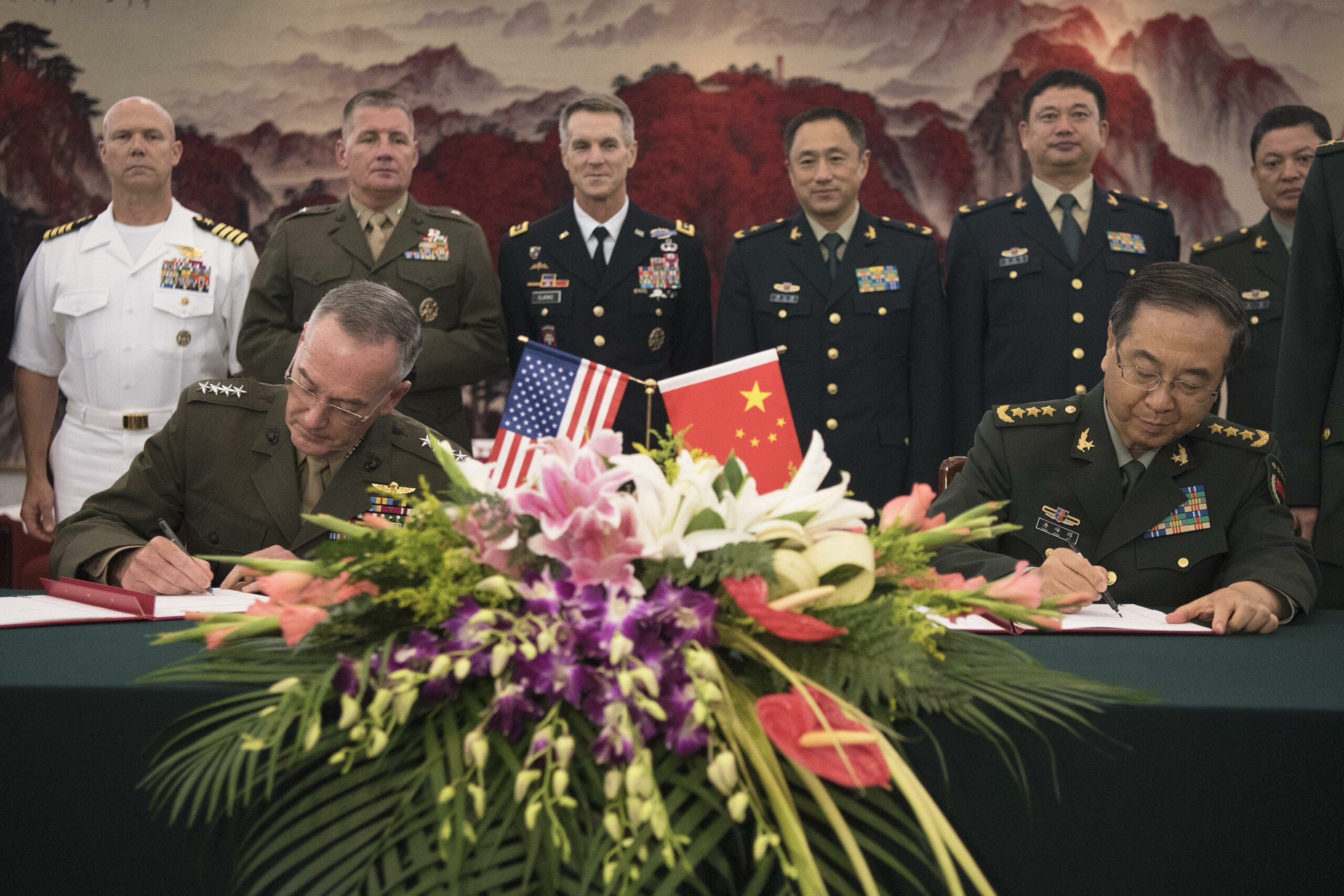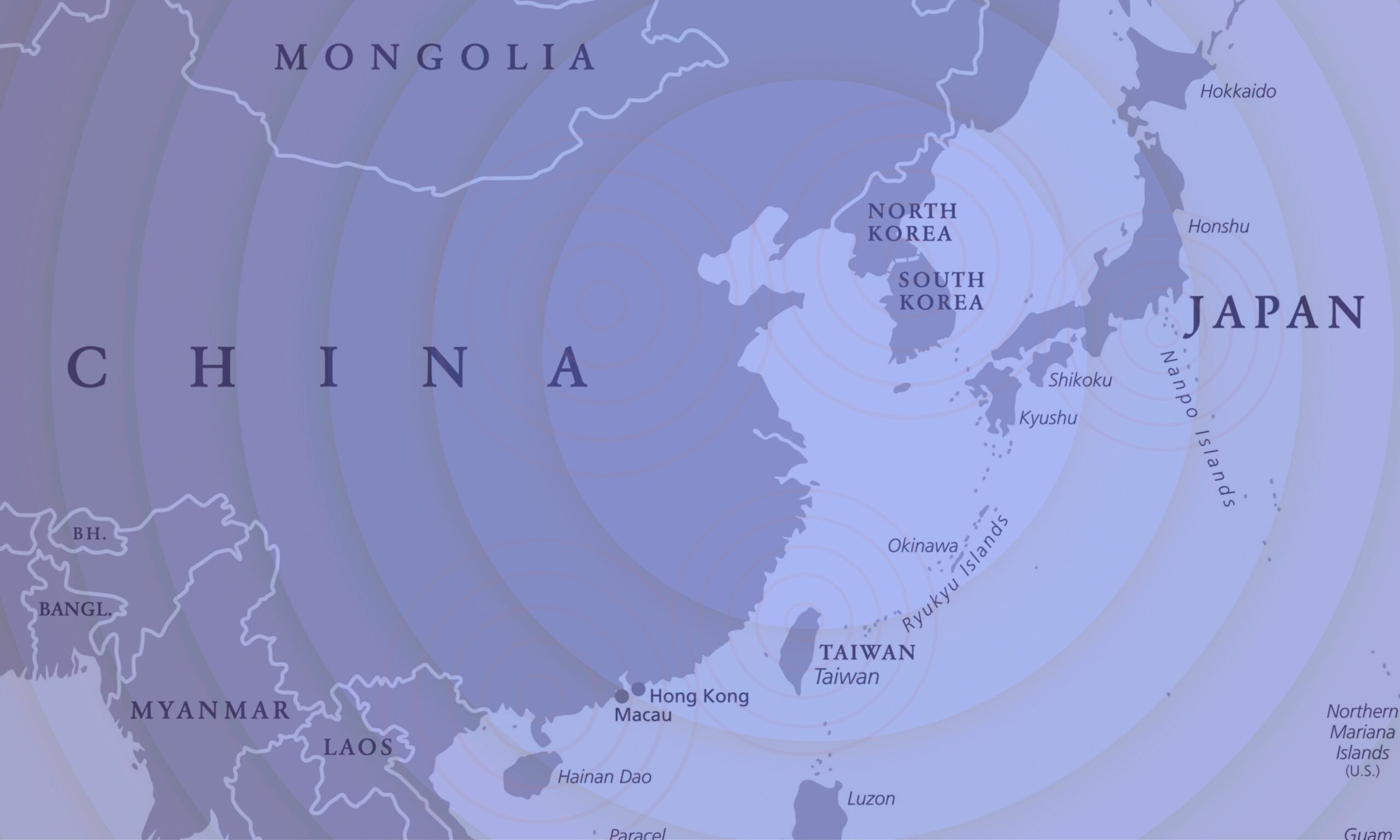East Asia’s Alliance Dilemma: Public Perceptions of the Competing Risks of Extended Nuclear Deterrence
In this special report, Lauren Sukin and Woohyeok Seo explore public concerns about nuclear deterrence and proliferation in Australia, Indonesia, Japan, ROK, and Taiwan, arguing that expanded consultations could potentially help soothe nuclear anxiety in East Asia.
This report was prepared for the project “Reducing the Risk of Nuclear Weapon Use in Northeast Asia.” The research described in this paper was co-sponsored by the Research Center for Nuclear Weapons Abolition, Nagasaki University (RECNA), the Nautilus Institute for Security and Sustainability, and the Asia-Pacific Leadership Network for Nuclear Non-Proliferation and Disarmament (APLN), with collaboration from the Panel on Peace and Security of Northeast Asia (PSNA). MacArthur Foundation and New Land Foundation funding to Nautilus Institute supported this project.
This report is published simultaneously by the Nautilus Institute and by RECNA-Nagasaki University here. This report is published under a 4.0 International Creative Commons License the terms of which are found here. It was first published in the Journal for Peace and Nuclear Disarmament here.
Click here to learn more about the project. Below is the report abstract.
Abstract
Against the backdrop of a rapidly changing security environment in East Asia, regional actors have seen a surge in “nuclear anxiety”. Worries among citizens of US allies and partners about rising nuclear threats and nuclear proliferation risks critically shape US foreign policy in East Asia. This paper thus asks: What drives nuclear anxiety in East Asia? And how can the United States most effectively resolve it? We situate nuclear anxiety in the dynamics of abandonment and entrapment that exist between allied states, as well as in the unique regional security structure, or the hub-and-spoke system in East Asia. To better understand the implications of nuclear anxiety on regional nuclear policy, we analyze the results of an original survey conducted in June 2023 across Washington’s five allies and partners in East Asia: Australia, Indonesia, Japan, South Korea, and Taiwan. The survey results suggest the presence of the dynamics of both nuclear entrapment and abandonment among these regional actors, as well as mixed interests in indigenous nuclear programs. In addition, we demonstrate how citizens of East Asia evaluate possible policy options that could help Washington mitigate regional nuclear anxiety.
Keywords
Nuclear; Alliances; East Asia; Proliferation; Security
About the Author
Dr. Lauren Sukin is an Assistant Professor of International Relations at the London School of Economics and Political Science in the United Kingdom.
Woohyeok Seo is a Ph.D. Candidate in International Relations at the London School of Economics and Political Science in the United Kingdom.
Disclaimer: The opinions articulated above represent the views of the author(s) and do not necessarily reflect the position of the Asia Pacific Leadership Network or any of its members. The APLN’s website is a source of authoritative research and analysis and serves as a platform for debate and discussion among our senior network members, experts and practitioners, as well as the next generation of policymakers, analysts and advocates. Comments and responses can be emailed to apln@apln.network.
Image: U.S. Pacific Fleet, 201020-N-NO824-0097. SOUTH CHINA SEA (Oct. 20, 2020) The Arleigh Burke-class guided-missile destroyer USS John S. McCain (DDG 56), rear, Japan Maritime Self-Defense Force (JMSDF) destroyer JS Kirisame (DD 104), middle, and Royal Australian Navy frigate HMAS Arunta (FFH 151) sail together in the South China Sea during multinational exercises. These exercises marked the fifth time of 2020 that Australia, Japan, and the U.S. have conducted operations together in the 7th Fleet area of operations. (Courtesy photo)




